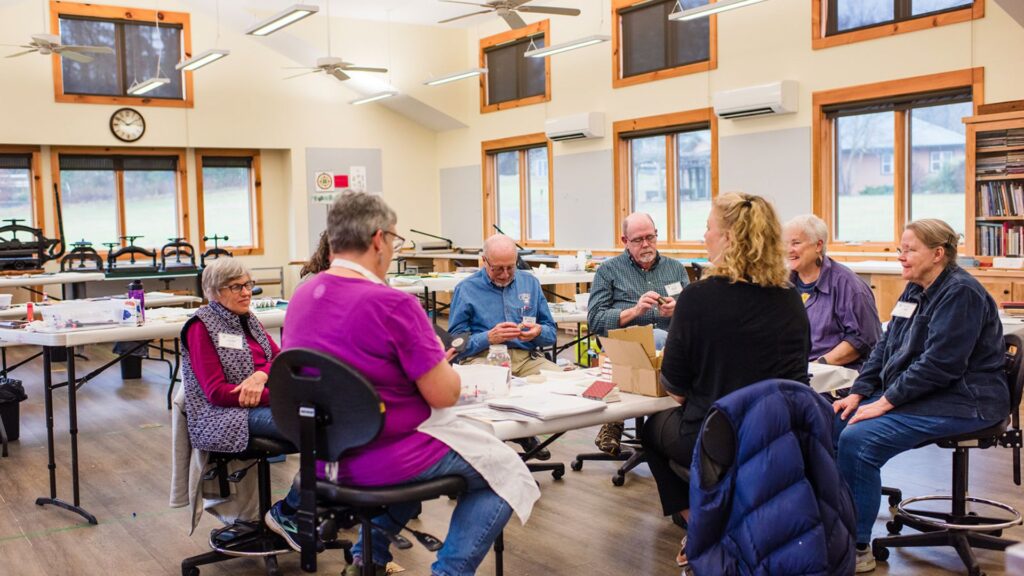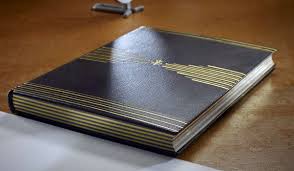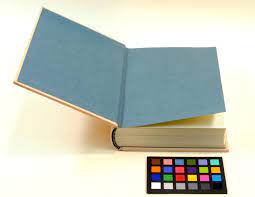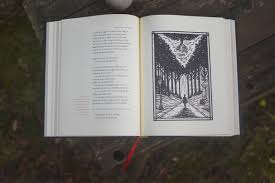
Bookbinding workshops have surged in popularity as people seek hands-on experiences that connect them with traditional crafts. Whether you’re a beginner curious about the art or an experienced crafter wanting to refine your skills, bookbinding workshops offer a unique blend of education, creativity, and community. This article walks you through what to expect when attending a bookbinding workshop, from materials and techniques to the atmosphere and outcomes.

An Introduction to Bookbinding Basics
Most workshops begin with an introduction to the fundamentals of bookbinding. Instructors explain the history of bookbinding and demonstrate essential tools such as needles, awls, bone folders, and bookbinding glue.
You’ll learn about different binding styles—like saddle stitch, Japanese stab binding, or coptic stitch—and how they affect a book’s structure and flexibility. This foundational knowledge helps you understand why certain techniques are used for specific projects.
Hands-On Practice with Materials and Tools
Expect to get your hands dirty! Workshops emphasize practical experience, so you’ll work directly with materials like paper, thread, leather, or book cloth.
Instructors guide you through steps such as:
-
Folding and cutting paper accurately
-
Sewing signatures together using various stitching methods
-
Preparing and attaching covers
-
Trimming and finishing edges
Materials are often provided, but some workshops encourage participants to bring their own supplies for customization.
Learning Different Binding Techniques
Depending on the workshop’s focus, you might explore:
-
Japanese Stab Binding: A decorative style using visible stitching along the spine.
-
Coptic Stitching: An ancient method allowing books to open flat.
-
Perfect Binding: Common in commercial books, involving glued spines.
-
Case Binding: Creating hardcovers with sewn or glued text blocks.
Instructors tailor lessons to suit skill levels and project complexity. Some workshops focus on creating journals, notebooks, or artist books.
The Workshop Environment and Community
Bookbinding workshops typically foster a supportive, creative environment. You’ll be surrounded by people who share an appreciation for craftsmanship and tactile creation.
Expect encouragement, helpful feedback, and the chance to ask questions. Some workshops are held in artist studios or libraries, enhancing the creative vibe. Group discussions often cover book arts, design, and preservation topics.
Take-Home Creations and Skills
One of the most rewarding aspects is leaving with a finished book or several small projects you’ve made yourself. These tangible results serve as lasting reminders of your new skills and inspire further practice.
In addition, workshops often provide printed instructions or resource lists for continuing your craft at home.
Tips for First-Time Participants
-
Wear comfortable clothes that you don’t mind getting a bit messy.
-
Arrive with an open mind and willingness to learn at your own pace.
-
Ask lots of questions—instructors appreciate curiosity.
-
Take notes or photos if allowed; it helps when practicing later.
-
Practice patience—bookbinding is a craft requiring precision and care.
Why Attend a Bookbinding Workshop?
Beyond skill-building, workshops offer a deeper connection to the art of the book. They enable you to appreciate the craftsmanship behind books, spark creativity, and even reduce screen time by engaging with physical materials.
Whether you want to create personalized journals, gifts, or start a new hobby, bookbinding workshops provide a welcoming space to explore these possibilities.





